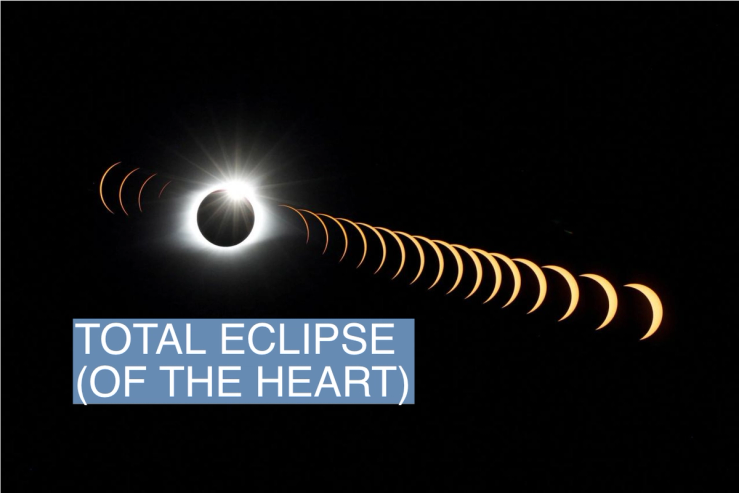The News
A total solar eclipse will sweep across North America on Monday with millions set to see afternoon skies go dark, temperatures drop and wildlife fall silent as the moon blocks the face of the sun.
The path of totality, where the sun is fully obscured by the moon, will cut across Mexico, 15 U.S. states, and part of eastern Canada. Another total eclipse won’t be visible from the United States until 2044, though eclipses will occur in other parts of the world as soon as 2026.
A total eclipse happens when the moon passes between Earth and the sun, a cosmically rare occurrence. That Earth experiences solar eclipses at all is itself a cosmic quirk: the moon is 400 times smaller than the sun but also 400 times closer, meaning it appears the same size as the sun in the sky.
SIGNALS
The difference between a partial and total eclipse is massive
Eclipse-lovers and experts say that while seeing any amount of the phenomenon is amazing, being in the path of totality is an unmatched experience. Even a 99% eclipse is very different than a total, experts told The New York Times. “Ninety-nine percent is cool,” a physicist who has traveled for 25 eclipses said, but “totality is oh-my-God crazy.”
“Even if you stand just a little bit outside the path of totality, even if you are in the zone of 99%, the sunlight is still 10,000 times brighter than the sun’s corona,” a solar eclipse cartographer told ABC News, referring to the usually-hidden, outermost part of the sun’s atmosphere. “So it’s impossible to see the corona unless you are truly inside the path of totality.”
Eclipse tourism is set to be ‘bigger than the Super Bowl’
The solar eclipse is “fueling a small spending boom across the nation,” The Washington Post reported. Hotels and Airbnbs in the path of totality are booked, rental cars are reserved, and some U.S. cities are expecting record-breaking travel and spending.
“We know how to host big events, but this is huge — bigger than the Super Bowl and the Indy 500 put together, plus the state fair, which is 18 days long,” Amy Howell, vice president of tourism at the Indiana Destination Development Corporation, told the publication. “We’re expecting to have all of those visitors in one day.”
Eclipse will pose critical test for US power grid
The eclipse will halt solar power production in its path as the moon fully blocks the sun, and power grid operators think the celestial event will offer important lessons about the nation’s power sources. That’s because the temporary darkness will force operators to confront this question, Politico’s E&E News reported: “What happens to a solar-rich grid when there’s suddenly no sunlight?”
Grid planners aren’t expecting havoc on Monday — they’ve been preparing for months — but the losses to the electrical store are still expected to be significant. “The idea is not that this is a dangerous event, but for us, it’s about learning how we can operate the grid more flexibly so we can handle events that aren’t as predictable,” one engineer told E&E.



